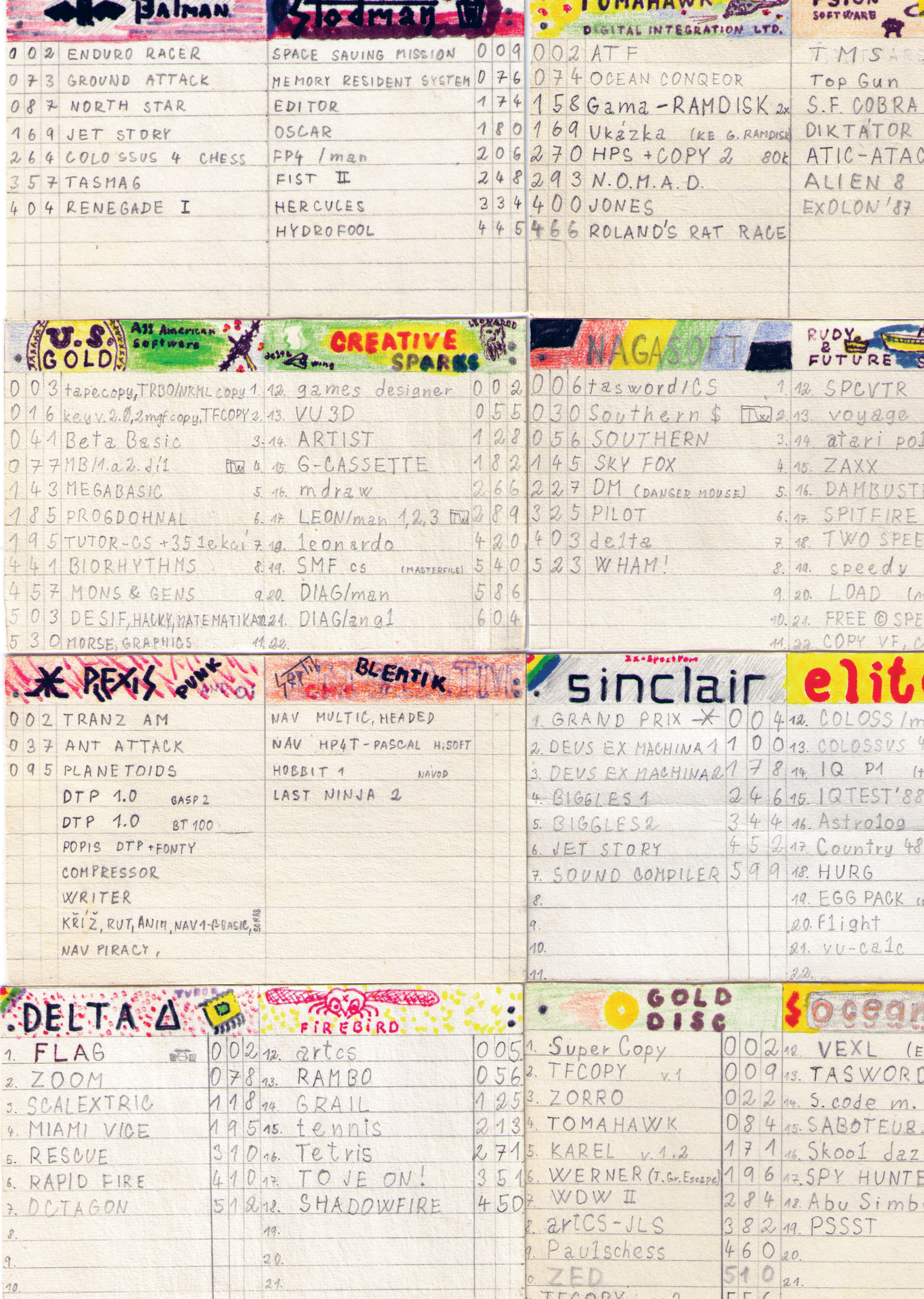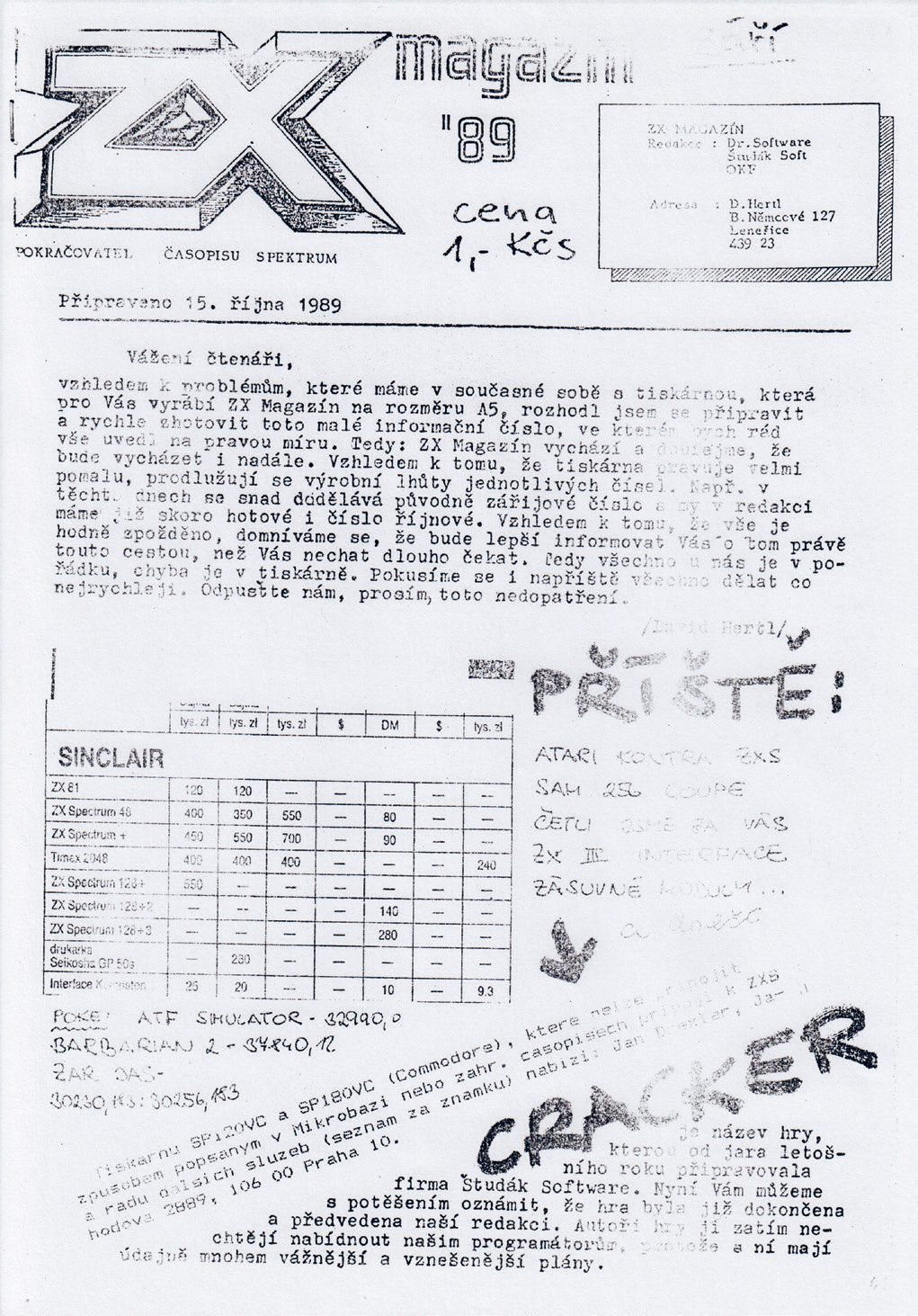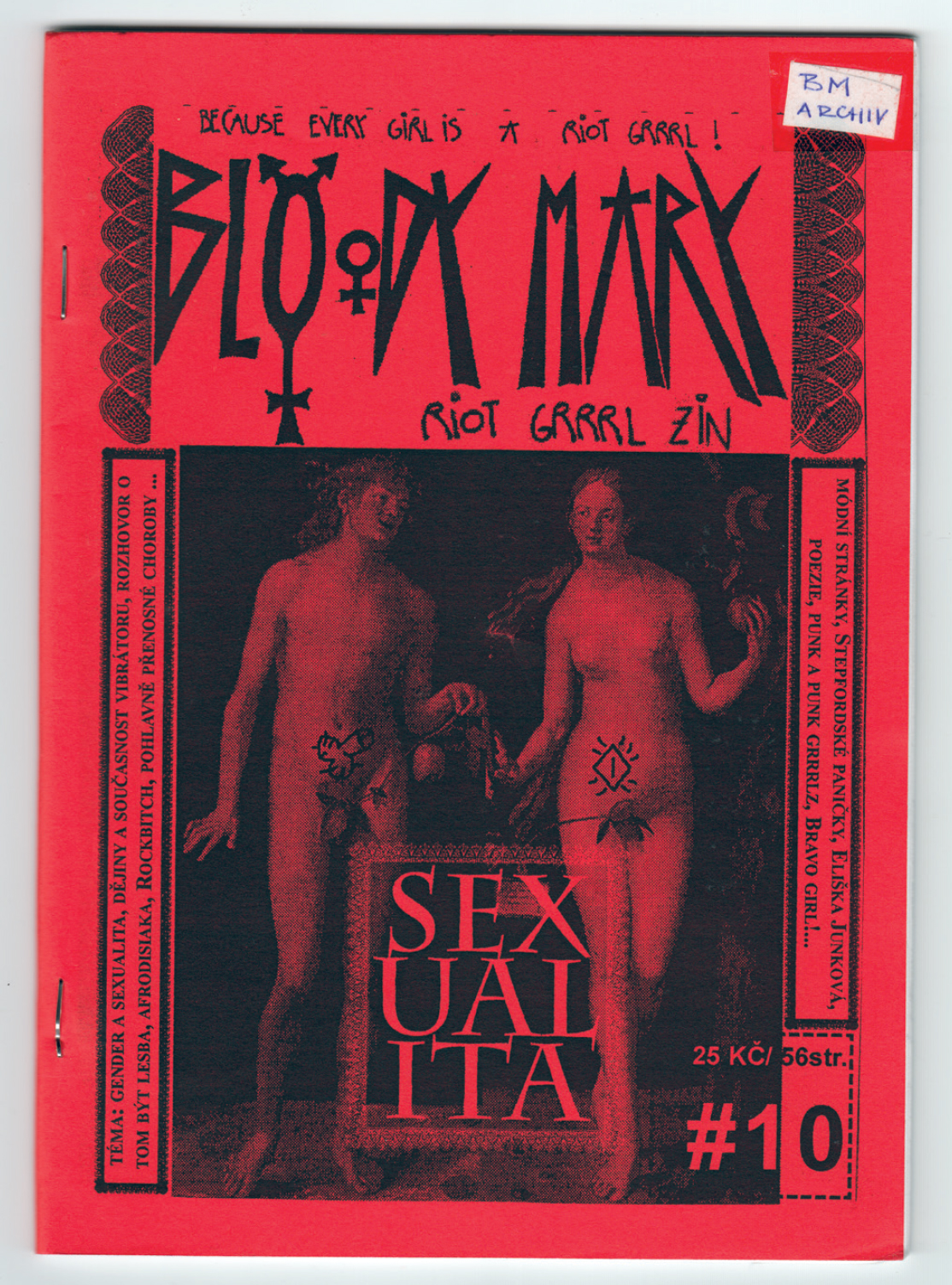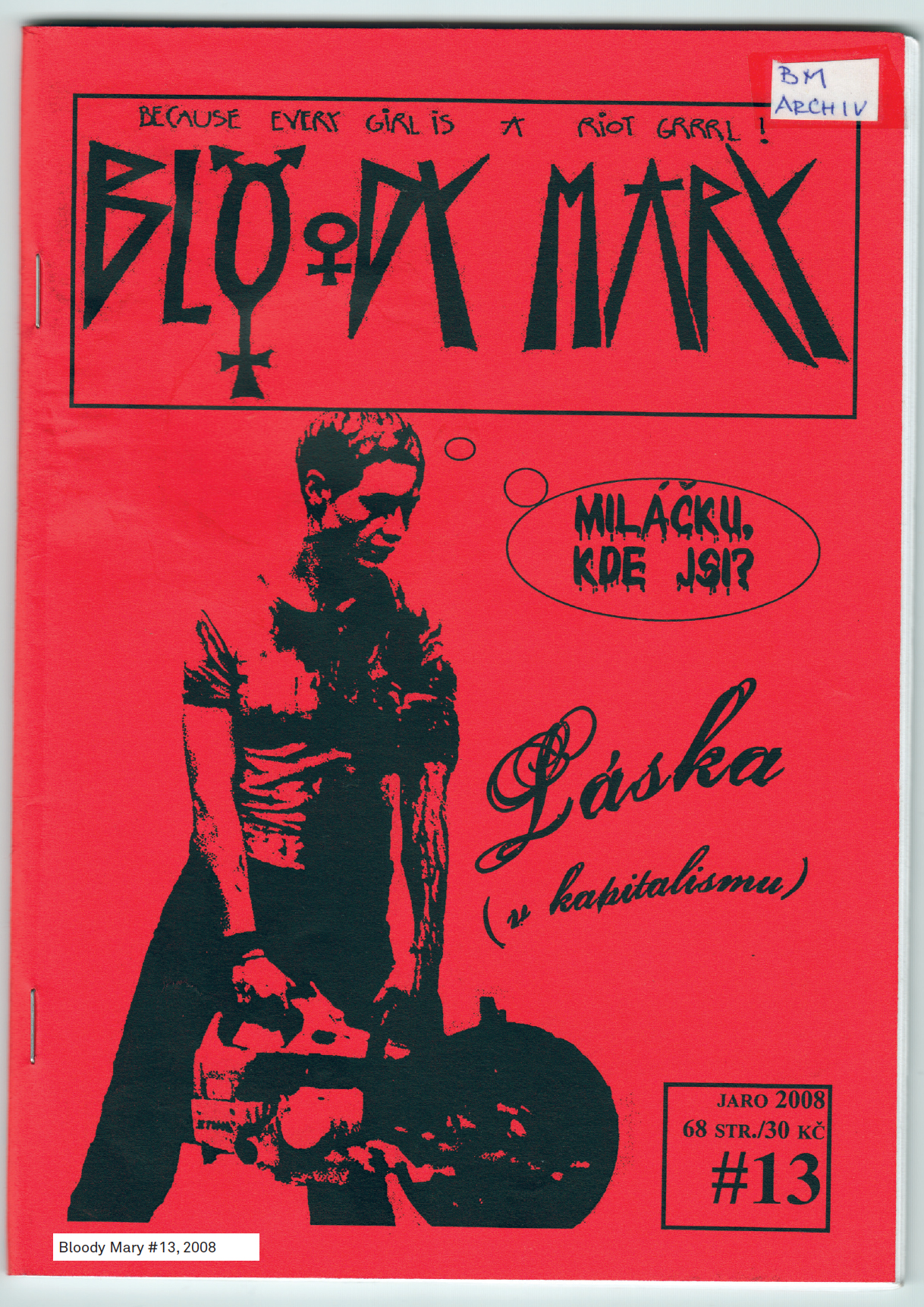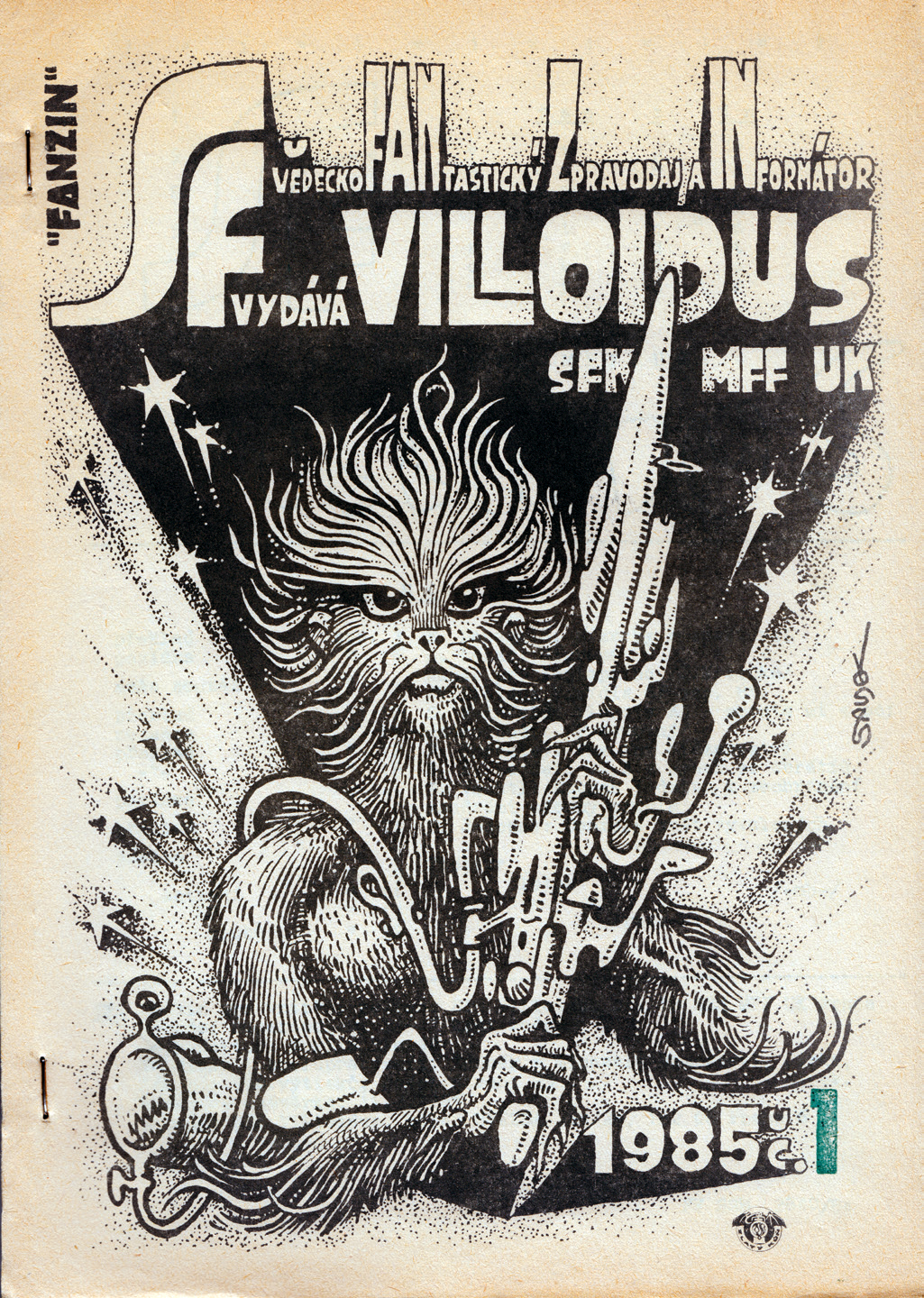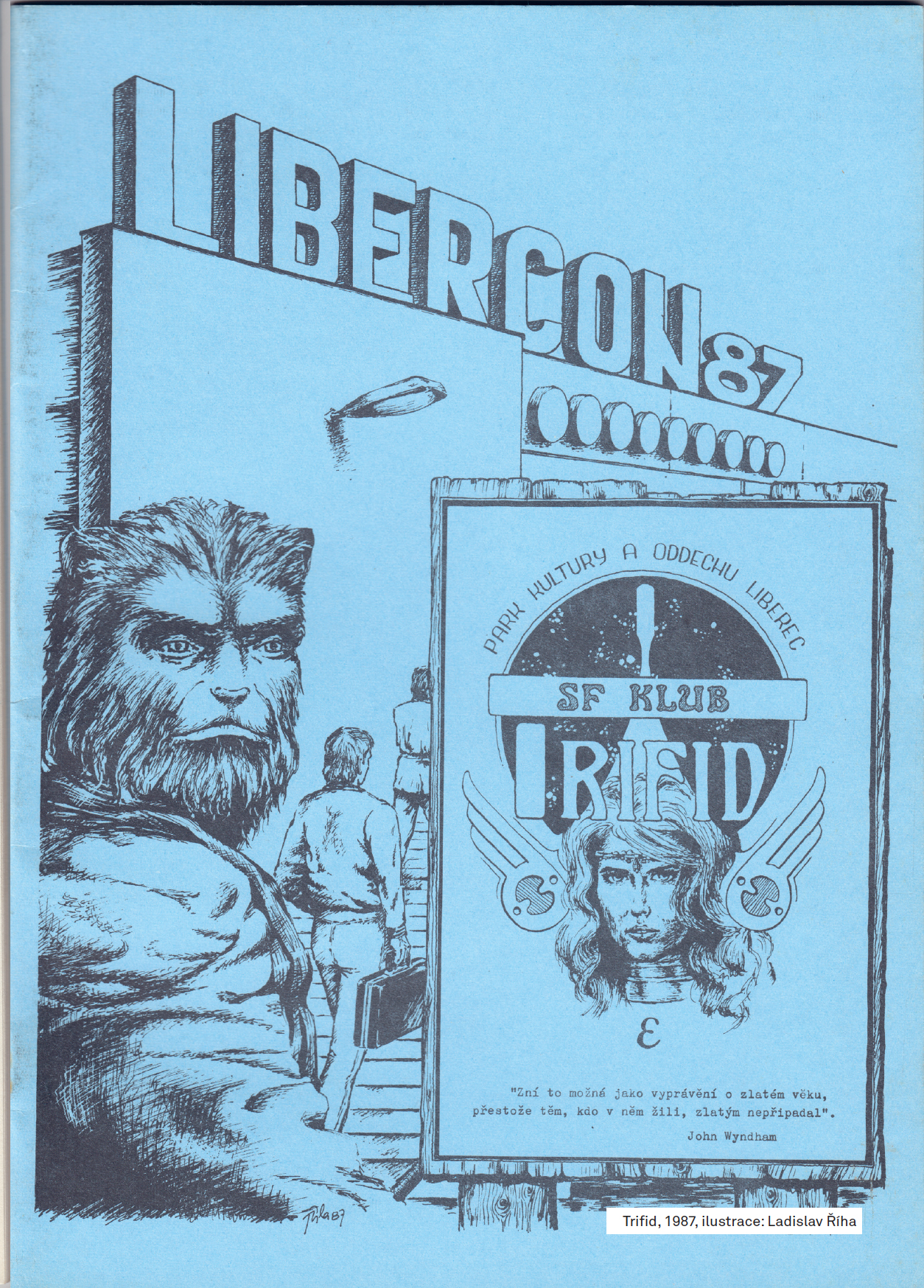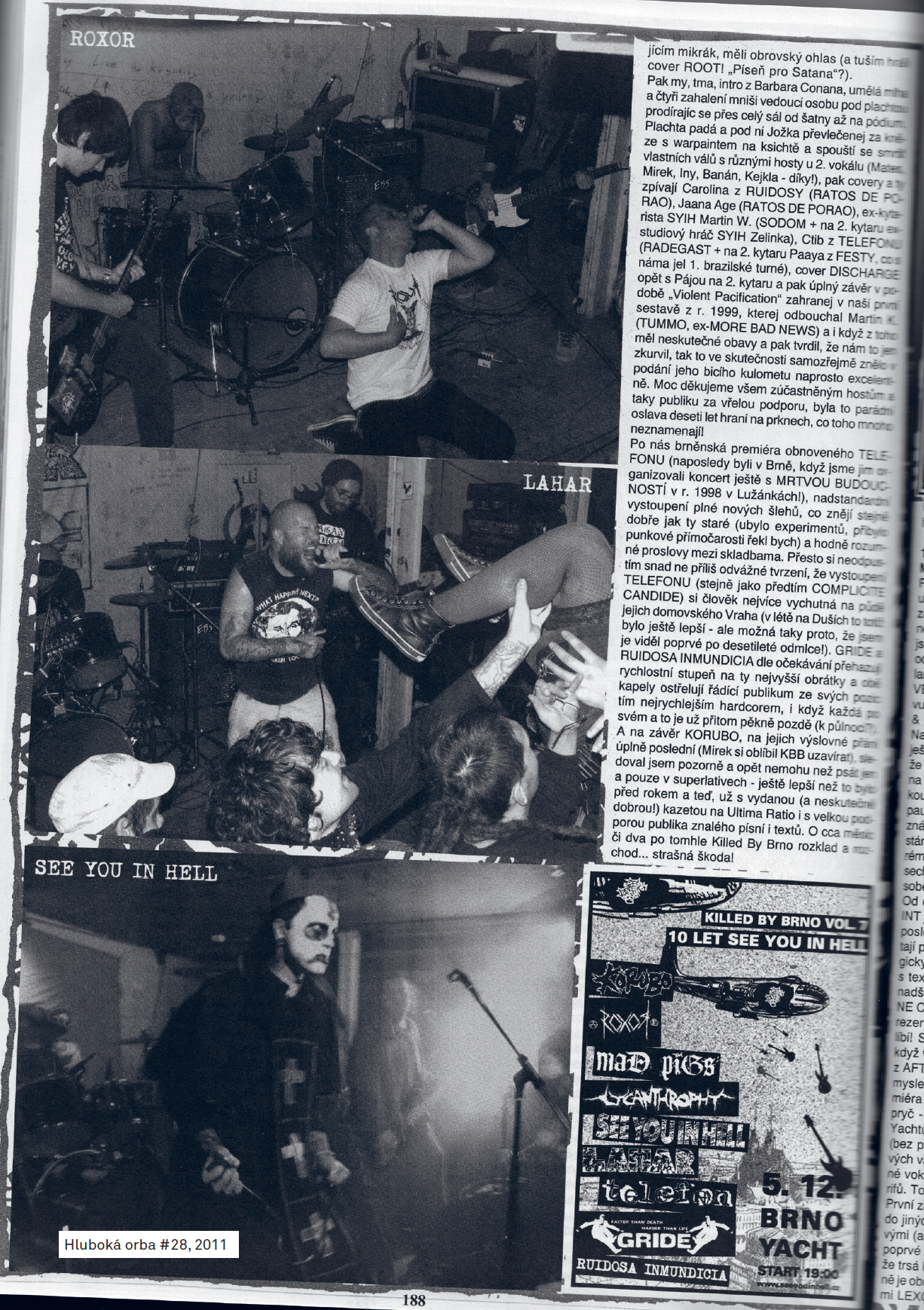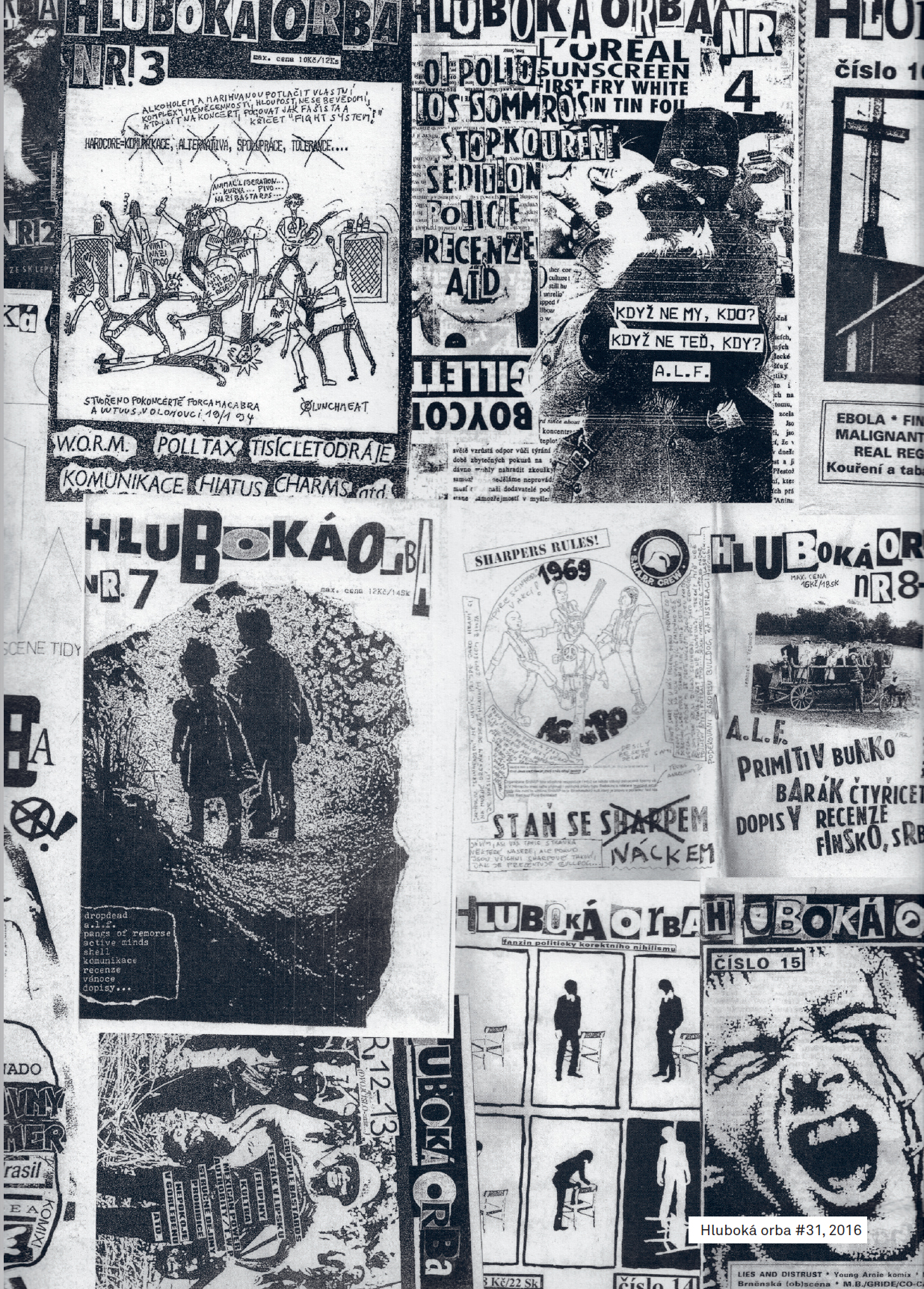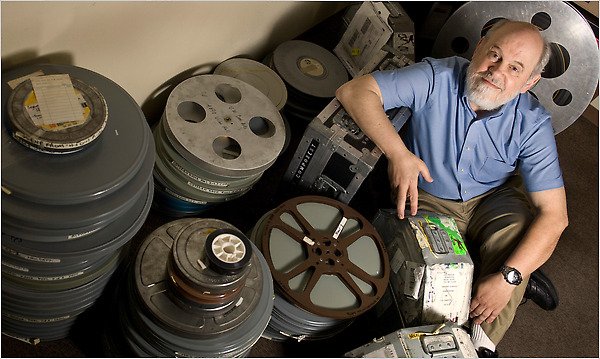The State of Fandom Studies 2018: Bertha Chin & Aswin Punathambekar (Pt. 2)
/Bertha
I see a lot of overlap in both our opening statements, even if we may be approaching it from very different perspectives. The first thing that occurred to me reading through your statement, Aswin, is how the institution frames our research and our role as scholars is to diversify our approaches. Whether this is done through citational practices via the inclusion of scholars who are working outside the North American/Western academe or studies that focus on non-Western/American contexts; or situating fan studies frameworks beyond higher education institutional constraints into the everyday.
In a sense, I can see the way forward is to incorporate the study of alternative systems beyond that of the US (and along with it, UK, Europe and Australia/New Zealand). Through this, I believe, we can go back to the question of how a fan is constructed (by the media industry, fandom as well as academia), by deeming who is on the inside or outside, or whether one is being an appropriate fan. But beyond that, we can also look at how fandom and fan practices are conceptualised across transcultural and transnational borders – for instance, one of the things I'm always struck by is the ways in which the term 'fan service' is conceptualised. Conversations with K-pop fans suggest this is viewed as actions by K-pop celebrities that reward fans for their loyalty (through physical hugs, conversations with fans during meet-and-greets, playing to fans' shipping ideals with another band member in K-pop). In the Western context, 'fan service' often leads to discussions of fan pandering, and is often seen as a calculating move to ensure high viewership ratings or to attract a particular group of fans and reading.
In your statement, you talk of how the development of telecommunications may have signalled a corporatisation of fannish practices, but it also gave way to political activism utilising gifs, memes and pop cultural references. Indeed, we only need to look at the creative ways Chinese netizens are participating in the #MeToo campaign to circumvent state censorship, and the viral spread of the social media campaign to the Korean film industry despite East Asian's predilection to a culture of silence.
Aswin
I couldn’t agree more. The account you provide here of how your move into a different institutional context shaped the way you approach fan studies is illuminating. I’m eager to hear more about “creative ways of engaging with fan studies’ theoretical frameworks.” The cultural and political contexts of fan participation in some East Asian contexts does seem to call for an understanding of fan labor that isn’t just a straightforward application of ideas of “free labor,” for instance. To be sure, there is wholesale commoditization of fan and audience practices in powerful media ecologies and China, for example, is no exception. But that is only a small part of the story. And here, trans-cultural fandom becomes a particularly interesting point of entry.
I had a chance to spend about ten days in China last year (Hangzhou and Shanghai), and virtually every conversation I had with students and scholars there would turn at some point to the topic of Chinese fandom surrounding Bollywood. A couple of Aamir Khan films (Dangal and 3 Idiots), I was told, had resonated deeply with audiences in China and there was clearly a vibrant fan community as well. I was introduced to karaoke shows on which young Chinese fans were singing the songs (in Hindi, no less!) and radio programs that routinely featured various Bollywood songs. Not surprisingly, Bollywood producers are viewing all this with great interest and as a wonderful addition to their imagination of lucrative overseas territories. But as one young fan told me, her affection for these films and attempts to learn the songs had opened a conversation with her grandmother who knew Hindi film songs from the 1950s! Of course, these are the sorts of stories and anecdotes that media scholars are always on the lookout for, and I was thrilled to hear about this inter-generational link - one that connected 1950s socialist-themed Hindi films and songs (see this compilation) to the current moment. Your stress on working out more carefully the trans-cultural aspects of fandom is a key one and given our current multi-polar media world, fan studies would do well to pay more attention to this area.
Bertha
Indeed, your experience in China, and Chinese fans’ interest in Bollywood is utterly fascinating! It certainly speaks to the complexity of transcultural fandom, and I think you mentioned it in your opening statement, of the importance of looking beyond logics of cultural affinity, but also paying attention to those that may defy them (and concepts of cultural proximity). I can’t help but wonder if there was a particular trajectory with how these texts are circulated?
It also makes me think about how fandom, certainly in the Malaysian (or perhaps even Southeast Asian context, but I’m hesitant to generalise here) context is very much ‘performed’ along racial and class logics. I do remember spending afternoons watching Bollywood films on the terrestial television when I was younger, and how my parents would speak fondly about sneaking into the cinema to watch classic Bollywood films as they could not afford to pay for cinema tickets. But as media fragmentation became the norm with the introduction of satellite television in the 1990s in Malaysia, media content from the Indian subcontinent faded from the mainstream, relegated to specialised channels that require extra subscription (as opposed to Korean and Japanese language channels, which are offered as part of the main subscription package). In cinema advertisements too, trailers for Hindi and Tamil films are glaringly absent even as Korean and Chinese film trailers are commonly shown prior to Hollywood film screenings. Certainly, I think the market itself creates a division along racial and class lines that warrants more investigation, and how access and distribution may influence the ways fandom is identified and performed. This is why I think Rukmini Pande’s work is important in pointing out the postcolonial nature of fandom.
You also asked about whether I can speak a bit more on how I have found creative ways to engage with fan studies’ theoretical frameworks. Here, I was thinking more along the lines of my identity as a fan studies early career researcher who was -- is -- essentially culturally displaced in Borneo (despite having grown up here). I find that there was a tension between my openness in embracing the fan studies scholar and the institution’s needs for both a social scientist and English language expert (the latter, I am not formally trained in) so there was this constant tension and negotiation over the expectations of the kinds of value I can bring to the university. As such, there is constant gatekeeping over what is and isn’t acceptable scholarship to publicise, and what to keep private (clearly, the expectations were that the fan studies part was to be kept private). But this privacy, this silence, only applies to some media texts and issues. Commercially successful media franchises like Star Wars, Game of Thrones and the Marvel supherhero films are acceptable as they provide ample information about audience engagement and fan loyalty that are translatable to consumer loyalty and engagement -- insights that a fan studies scholar will no doubt have abundant understanding. But issues on gender and racial representations, on how fan culture inspires political and social activism are best kept private.
This institutional gatekeeping and identity negotiation is what I meant when I speak of finding creative ways to resist the expectations to conform. For instance, I have recently become fascinated with specialty coffee culture, as I observe the goings-on at my local coffee shop where I write. Conversations with the owners and some of the baristas revealed that some of them accrue fans through the ritualised performance of brewing coffee, where information and conversation are often exchanged. This interaction between barista and coffee drinker, for some, incur what we in fan and celebrity studies have observed as parasocial interaction. I visited a specialty coffee shop in Kyoto once, where the barista’s brewing station is bathed in stage-like lights, specially designed to afford him a stage within the coffee shop space to perform for his fans (mostly young ladies who cheered like they were attending a private concert). While there is no special lighting staged to bath the baristas in a celebrified glow at my local coffee shop, there is certainly some producer/fan exchanges to be observed, whereby access to the more popular baristas potentially means access to the equally popular owners or an opportunity to accumulate (fan or perhaps this could be reframed as coffee connoisseur) social and cultural capitals.
Aswin: Thank you for the detailed response, Bertha. And your points about institutional gatekeeping as well as the perils of embracing an aca-fan identity are well taken. It is surprising that we are still fighting for legitimacy when it comes to the kinds of ‘texts’ that are deemed worthy of careful scrutiny and it is deeply frustrating that commercial success remains the benchmark across the world. That said, there is also a lot of ambivalence on display. Even as media spaces have opened up for fan expression surrounding popular culture, major industries like Bollywood have recently begun reflecting on the figure of the ‘fan’. There has been quite a robust discussion amongst film scholars about the implications of a global star like Shahrukh Khan plays both star and fan in a recent film (Fan, 2016), and the pitfalls of trying to shore up stardom by playing on the anxieties of being a fan.
I also want to say that I admire the courage with which you have navigated your move into a different academic context, and the creative ways in which you are now bringing fan studies scholarship to bear on coffee culture! Perhaps we are at a moment when we can and should take the insights from fan studies into other domains of culture (especially when it involves connoisseurship) and see how social rituals and of course, powerful norms of class, gender, and other identity categories get reworked. With so many scholars having done the hard work of bring a wealth of social and cultural theory to bear on fandom, perhaps it is time for more ambitious work that takes fan studies insights seriously as a theoretical starting point for understanding other sites of fannish consumption.
Bertha
Agreed wholeheartedly, Aswin! Fan studies has a lot to offer, and even as we continue to explore how we define fans, as well as the boundaries of the field itself, I think it is time to acknowledge that we can use fan studies as a theoretical starting point for understanding other modes of consumption which may translate into fannishness. The idea of transcultural fandom was to provide an alternative insight and perspective from the largely white, middle class and Western engagement of fan practices, and I believe we can take this further — already seen through the works of scholars like Lori Morimoto, Rebecca Wanzo and others I have mentioned before in this conversation, but also through works on theatre fandom by Kirsty Sedgman and theme park fandom by Rebecca Williams, for example — to expand the reach

